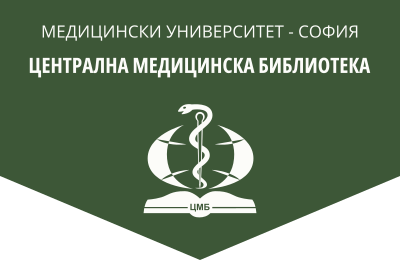Rehabilitation program for health care professionals working with patients with chronical venous disease
Information for nursing staff, 2025, 57(1), 19-22.
M. Mireva1, M. Tsekov2, Zh. Gerenova3, A. Zdravkova-Maleva1
1 Medical College “Yordanka Filaretova”, Medical University – Sofia
2 Clinic of Vascular Surgery, Military Medical Academy – Sofia
3 Faculty of Public Health “Prof. Tsecomir Vodenicharov, MD, PhD, DSc”, Medical University – Sofia
Abstract. According to the definition of WHO, the chronic diseases are long-term diseases that develop slowly over time, often progressing in severity; they can be often controlled, but are rarely completely cured and need rehabilitation and long-term healthcare. The principal way of resolving these problems is surgical intervention. As in other cases of surgical intervention, the right mode of rehabilitation is of a great importance. The chronic venous disease (CVD) is caused by the increased pressure into the superficial or/and the deep veins of the lower extremity. The heaviest and the decompensated forms of CVD with varicose veins and heavy skin changes are known as chronic venous insufficiency. The purpose of the present study is to establish the desire of health professionals to implement a rehabilitation program to improve the venous circulation and the development of a complex of rehabilitation measures suitable for implementation at the workplace and at home setting. Materials and Methods: 68 healthcare professionals from 8 different specialties were surveyed. With the help of the Pearson test, it was checked whether there is a relationship between professional development and the performance of the complex of exercises. Conclusions: When conducting a survey of health care specialists rehabilitators, physiotherapists and nurses, we found that they are familiar with the etiology of varicose veins and the need for prophylaxis to prevent it.
Key words: rehabilitation program, varicose disease, occupational diseases
Address for correspondence: Mihaela Mireva, PhD, е-mail: mihaela_mirewa@abv.bg
